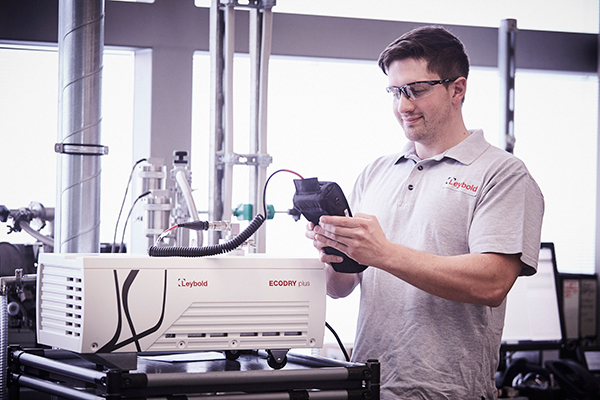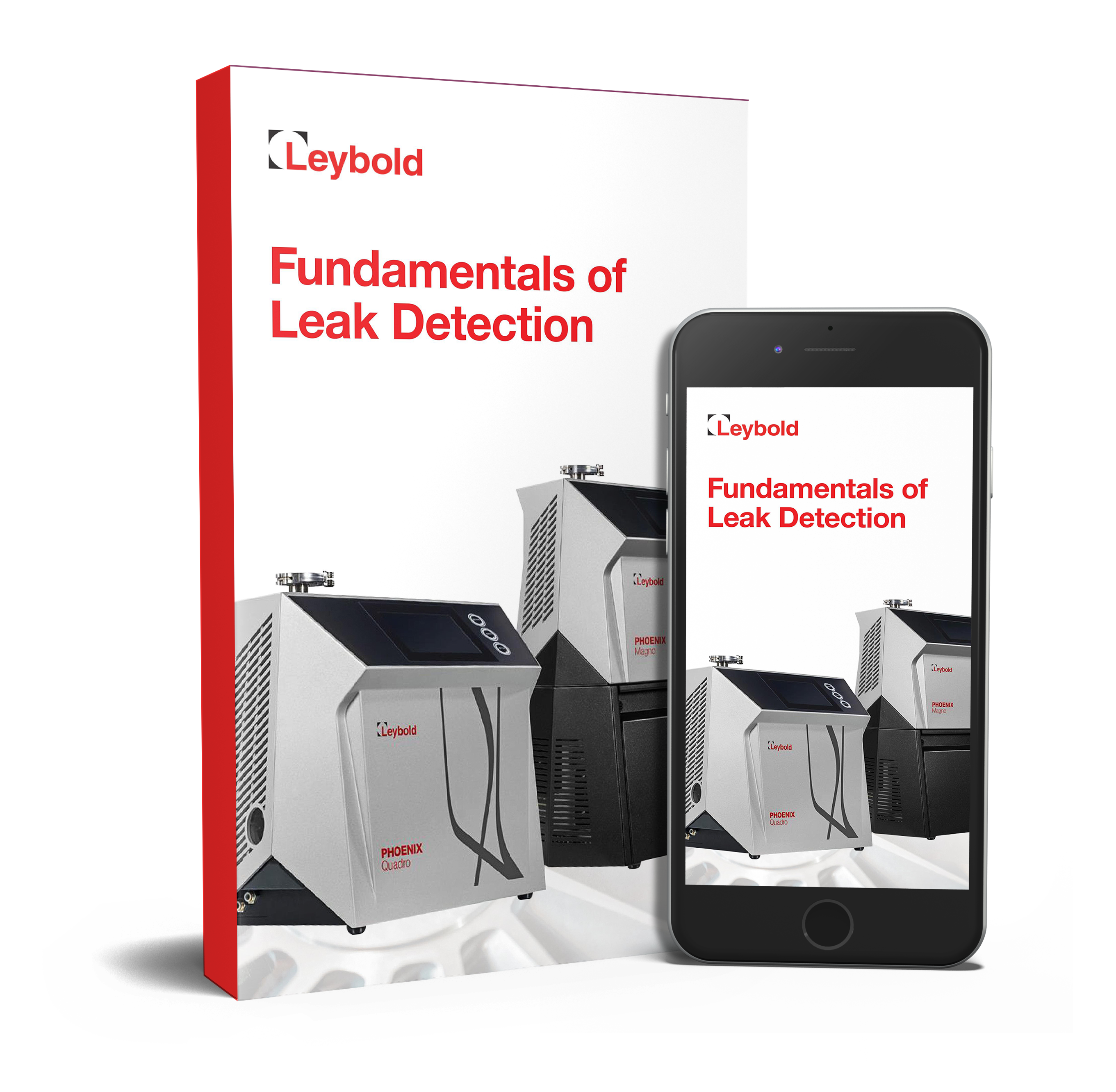When a vacuum pump in your system fails, the first thing on any business owner's mind is the downtime and potential loss in revenue that may ensue. There are several ways to address this, but the most common is to keep one or more spares, either onsite or offsite. Read on to learn whether the onsite or offsite option is best for you.
Onsite Backup
The most obvious option is to keep a set of spare vacuum pumps onsite at your facility. The best part about this approach is that you can change a failed pump quickly so that you can return to work in almost no time.
However, there are certain limitations. When sitting on the shelf for extended periods of time, certain pumps require a manual rotation to keep the bearings lubricated and prevent them from sitting in a stationary position. This action will allow the pump to operate at an optimum level delivering peak performance. If you are not sure if your pump is in this category, please consult your manual or contact your local Leybold representative for details.
Some business owners are quite confident that the pumps they are currently operating will fail within a short period of time. So for them, keeping a set of spares handy might be the better option. However, some take their spares off the shelves after holding them for a long time, only to find that they aren't functioning correctly because they haven't carried out the necessary preventative maintenance.
Offsite Backup
If you believe that you won't be needing a spare pump for a good while, it might be useful to consider having a set of spares offsite. For example, Leybold maintains a refurbished pool of pumps consisting of some of the most common models so they can send one out to customers within 24-48 hours.
However, the pool may not have the model you need in stock, and even if your pump provider has the pump you're looking for, you may still have multiple days of downtime. It might take a few days to arrive at your facilities.
Another option is taking advantage of your pump provider's strategic pool. This is when your provider will keep a specific set of spares especially for you, with a guarantee of it being in stock when you need it and shipped within 24-48 hours. Again, it might still take a few days to arrive at your facilities. There may be a small monthly holding fee, but your provider will be sure to have the pump(s) you need in stock.
The upside of this approach is that you do not have to pay for a spare pump until you need it, but the downside is that you have to wait for some time to have the pump delivered to you.
No Backups
There is, of course, a third and final option, and that is to have no backups at all. For obvious reasons, this path is not recommended because if you have a pump failure and no backups, your only option is to wait for the pump to be repaired. This could potentially take weeks, and your business could take a severe revenue hit.
Ideally, business owners should either keep onsite spares or partake in their service provider's strategic pool to stay prepared for unexpected pump failures.



